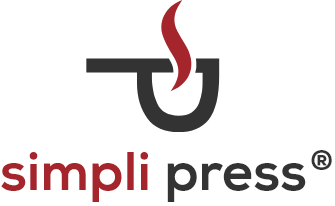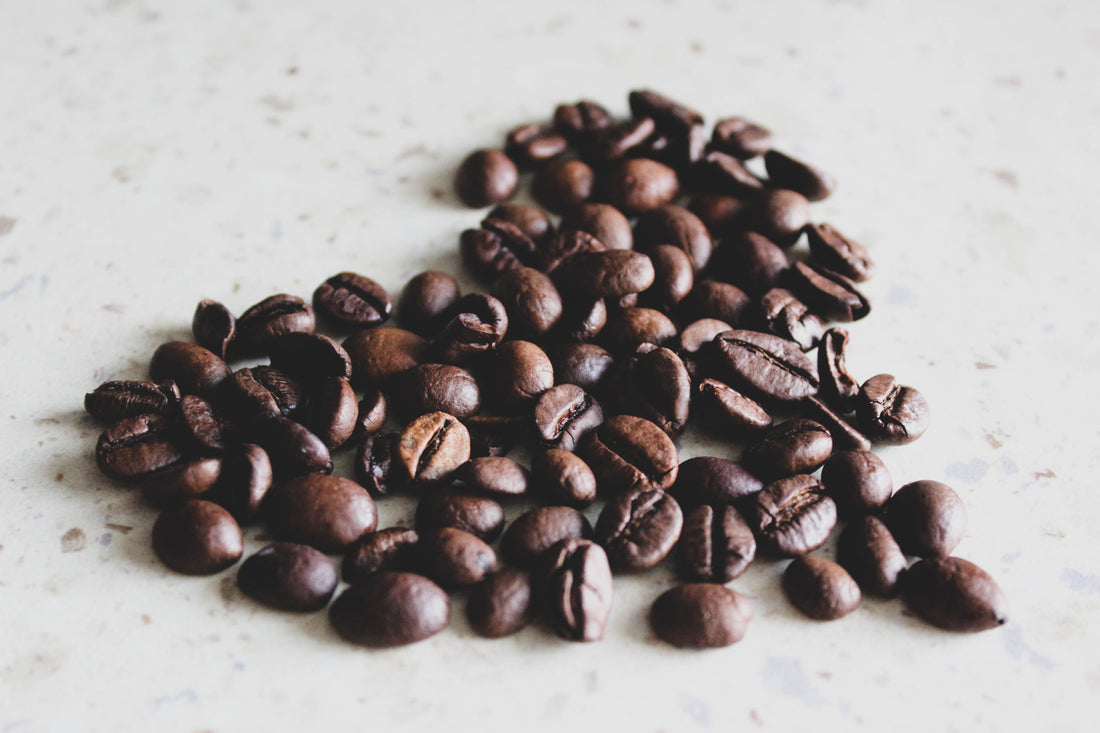What is it about dark-roasted coffee that people love? Some will say that it’s the “jolt” they feel after drinking it. If you ask a specialty coffee professional, they’ll tell you that roasting coffee dark annihilates nuances and leaves the coffee with a burnt flavor. If you ask a dark roast coffee drinker, they’ll say that it’s bold and strong.
But what about the caffeine content? Does a darker roast mean more caffeine?
The simple answer is no.
In fact, caffeine content is about the same regardless of roast levels. It’s possible, because caffeine is a very stable compound that can remain almost unchanged even at temperatures above 400°F.
The complicated answer is that it depends on a variety of factors.
What Does Roasting do to Coffee?
Generally speaking, the longer you roast coffee, the lighter in weight the coffee is (density is lost). It’s important to note this, because while a comparison of one lighter roasted bean next to a darker roasted bean may mean that there is no difference in caffeine levels, you may still use more beans when making your cup of coffee.
If you measure out your coffee by scoops, the caffeine content difference is negligible. But if you measure it out by weight, you might end up using more dark-roasted beans than light, which possibly leaves you with more caffeine.
Caffeine Levels Depend on Species and Varieties
That being said, caffeine levels do change depending on the plant species, variety, and preparation. Coffea robusta, used in instant coffee has almost twice the amount of caffeine than Coffea arabica, which is used in the specialty coffee industry. Arabica averages at 1.2% while Robusta is at 2.2%. The higher caffeine content in Robusta coffee can also explain why it tastes more bitter than Arabica.
Within the two species, there’s a variance in caffeine levels between varieties, as you can see below.

Illy, A. Espresso coffee, 1st ed., coffeechemistry.com
Caffeine Levels and Coffee Preparation
Perhaps the biggest factor in caffeine content is how the coffee was made in the first place. One 125 mL (4.2 fl oz) cup of brewed coffee ranges 75–135 mg of caffeine (PDF). Compare that to 30 mL of espresso that ranges at 35–100 mg of caffeine.
If you’re talking about portion sizes, then drip coffee has more caffeine. But if you’re talking about caffeine concentration, espresso has more.
Takeaway
We don’t like to judge what people prefer to drink. But if you are drinking dark roasted coffee primarily for the caffeine content, then rest assured that you can try out some other roasts and still receive the same amount of caffeine as before.
We recommend testing light to medium roast at a fine to medium grind in the simpli press. You’ll likely find an extraction of flavors on a fuller spectrum than the darker roast and have all the caffeine to get your morning started.
If you’d like more caffeine and you’re choosing between a serving of drip coffee or espresso, go for the drip coffee. In our Simpli Press, adding a higher weighted dose of coffee will generally result in more caffeine.
Ready to give it a brew? Click here to shop Simpli Press now. Free shipping - free returns.

